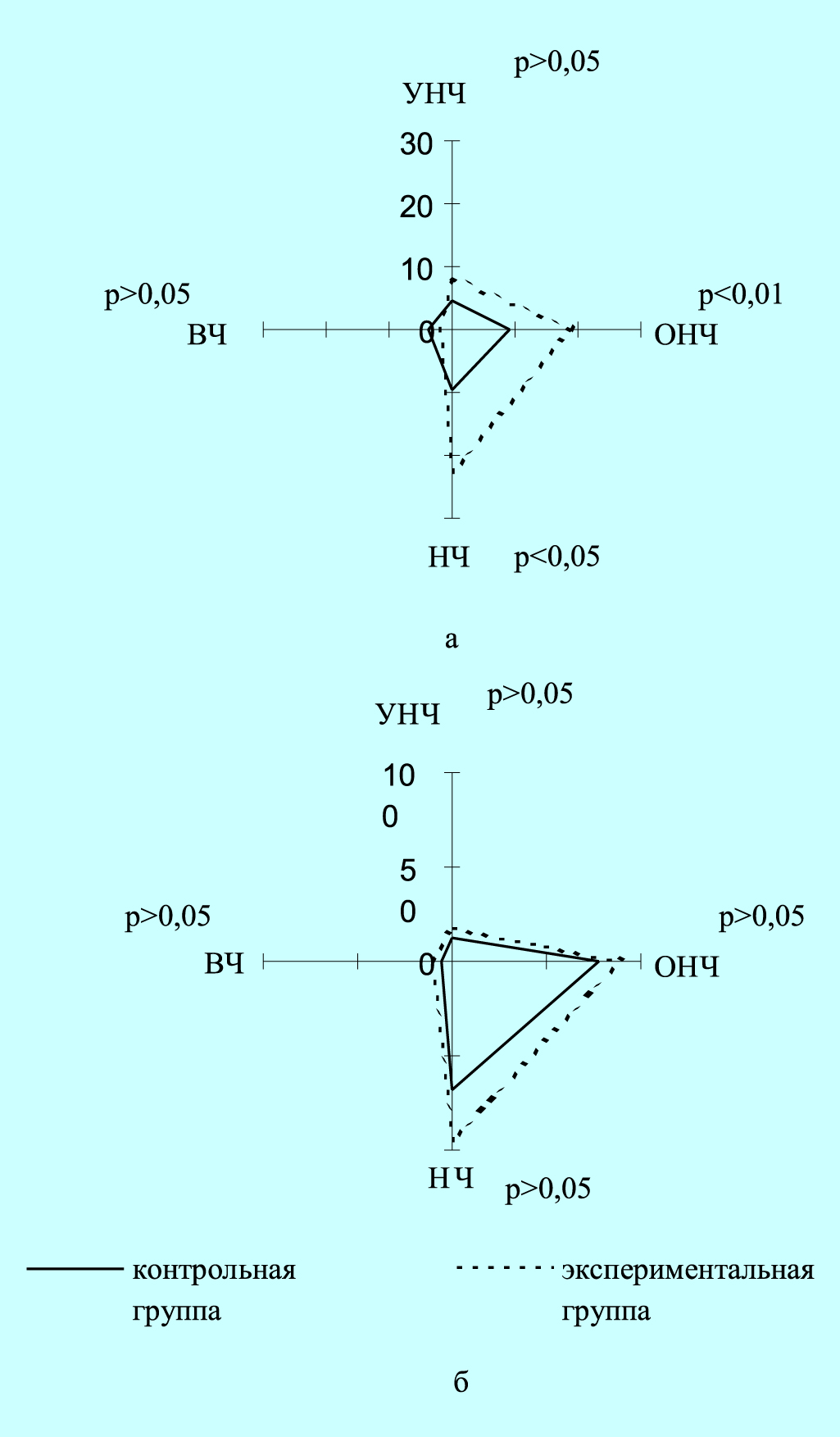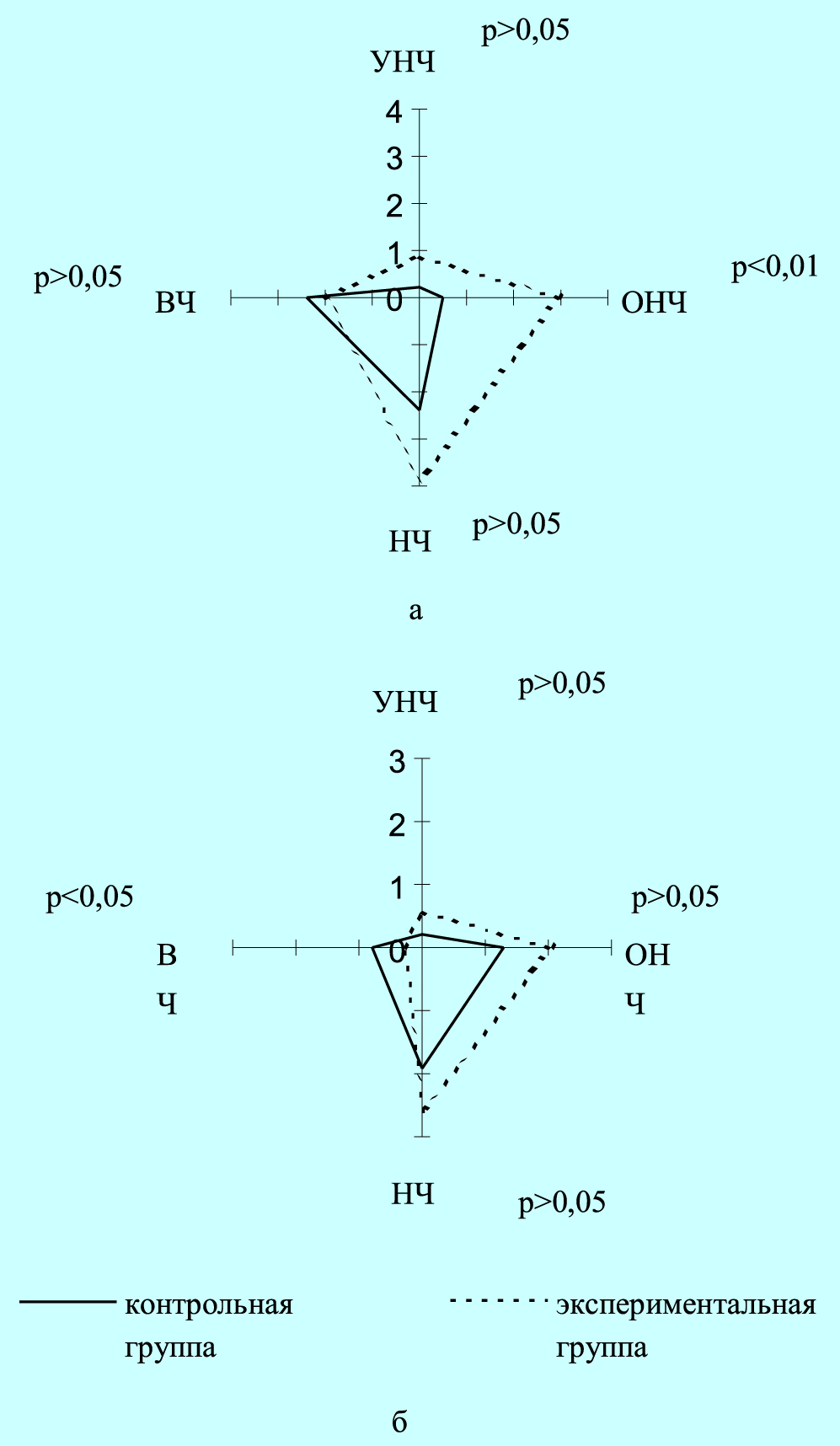Cardiovascular system functionality tests to individualize pre-season training process in elite weightlifting sport
ˑ:
Associate Professor, PhD R.V. Khomenko1
E.V. Antropova1
G.V. Tamozhnikova1
R.Kh. Faizrakhmanova1
1South Ural State University (National Research University), Chelyabinsk
Keywords: individualization, pre-season training, cardiovascular system, elite weightlifters.
Background. One of the main challenges for the competitive performance improvement initiatives in the modern weightlifting is the pre-season training process customization to the individual physicality and functionality progress profiles [2, 3, 7]. Cardiovascular system sets it own limits for homeostasis under physical workloads and energy costs required to meet the bodily energy demand and control/ mitigate negative effects of aggressive metabolites on the internal environments and organs [1, 4, 6].
Objective of the study was to offer cardiovascular system functionality tests driven training programs and technologies to effectively individualize the pre-season training systems in the modern elite weightlifting sport.
Methods and structure of the study. The study was performed at the South Ural State University’s Sport Research Center of the Institute of Sports, Tourism and Service. Sampled for the study were the 17-24 year-old Candidate Masters (CMS, n=20) and Masters (MS, n=10) of weightlifting sport split up into Reference (RG) and Experimental (EG) Groups of 15 people each. The EG was trained with application of new training programs and technologies, with the training systems individualized to the cardiovascular system functionality test rates, and the progress tested by the pre- and post-experimental tests.
Based on the pre-experimental functionality tests prior to the main pre-season training stage (3-4 weeks before the competitions), the sample was classified into the following functionality subgroups: highly-fit subgroup i.e. well-trained in the prior training cycle; lower-fit subgroup tested with an expressed fatigue due to the prior overtraining; and the poorly-fit subgroup – mostly tested with injuries and ailments. The EG pre-season training programs were individualized to the above subgroups.
The highly-fit subgroup training programs prioritized the maximal weights, high lift counts and high versatility of the workloads on the key muscle groups; with the lightweight trainings being the highest in the intensity and volume; and the heavyweight trainings making an emphasis on the workload variations. Trainings of the lower-/ poorly-fit subgroups (diagnosed with fatigue and under-training expressed in the special physical and functional fitness tests) were trained using the lower and smoother decreased/ increased workloads, respectively. This pre-season training process individualizing algorithm was intended to secure the necessary adaptive progress for competitive success in every individual training program. The cardiovascular system functionality tests included HR, stroke volume (SV), and blood ejection fraction (EF) rating tests; plus a spectral analysis to rate contributions of the CVS performance control mechanisms.
Results and discussion. The pre-experimental tests found insignificant intergroup differences (р>0.05) in the sample: see Table 1 hereunder.
Table 1. Pre-experimental cardiovascular system functionality tests of the sample (n=30)
|
Test |
HR, beat per min |
SV, ml |
TSA for SV, ms2 |
EF, ml |
TSA for EF, ms2 |
|
RG |
|||||
|
Prone |
80,60±4,20 |
94,50±12,40 |
18,20±4,60 |
59,20±1,90 |
4,90±1,50 |
|
Standing |
104,40±5,80 |
66,00±8,60 |
142,40±18,70 |
54,30±1,80 |
3,20±1,60 |
|
tр p1 |
3,324 (<0,01) |
1,888 (>0,05) |
6,435 (<0,001) |
1,870 (>0,05) |
0,752 (>0,05) |
|
EG |
|||||
|
Prone |
81,20±2,60 |
95,20±9,20 |
20,20±8,10 |
60,10±1,90 |
5,00±1,60 |
|
Standing |
101,20±4,00 |
68,30±7,60 |
151,80±15,60 |
56,10±1,30 |
3,80±1,40 |
|
tр p2 |
4,193 (<0,001) |
2,225 (<0,05) |
7,486 (<0,001) |
1,739 (>0,05) |
0,563 (>0,05) |
|
tр р3 |
0,121 (р>0,05) |
0,045 (р>0,05) |
0,215 (р>0,05) |
0,335 (р>0,05) |
0,046 (р>0,05) |
|
tр p4 |
0,454 (р>0,05) |
0,200 (р>0,05) |
0,386 (р>0,05) |
0,811 (р>0,05) |
0,282 (р>0,05) |
Note: HR heart rate; SV stroke volume; TSA total spectral amplitude; EF ejection fraction
Average HR test rates were found to fall within the healthy norm albeit different from the variation range reported for weightlifters of 1980-90s [2, 4]. Our analysis of the study reports for the last decade showed the HR variation range of 75-82 beats per min being quite standard for elite athletes nowadays [1, 5, 8]. The resting HR of the sample was tested to vary within a healthy norm. The repositioning from the test to standing HR tests (orthotests) were found to significantly change the cardiac performance and regulation (with р<0.001 in every test), with the EF staying virtually unchanged. A significant growth of HG associated with a SV reduction known to suppress the cardiac function – was interpreted as indicative of the CVS stress and potential pre-morbid conditions in the both groups.
The pre-experimental total spectral amplitudes (TSA) for SV and EF showed insignificant intergroup differences (р>0.05 in every test). Excessive HR and SV responses to the prone-to-standing repositioning in the tests were found in both groups: see Table 2.
Table 2. Post-experimental cardiac functionality tests of the sample (n=30)
|
Test |
HR, beat per min |
SV, ml |
TSA for SV, ms2 |
EF, ml |
TSA for EF, ms2 |
|
RG |
|||||
|
Prone |
78,40±3,40 |
97,90±10,20 |
21,50±3,80 |
60,70±1,40 |
5,20±1,30 |
|
Standing |
99,40±3,60 |
69,00±7,40 |
161,10±3,90 |
57,30±1,00 |
3,50±0,70 |
|
tр p1 |
4,242 (р<0,01) |
2,294 (р<0,05) |
25,615 (р<0,001) |
1,977 (р>0,05) |
1,149 (р>0,05) |
|
EG |
|||||
|
Prone |
69,70±3,20 |
114,60±7,00 |
52,40±5,60 |
61,50±1,20 |
9,80±1,80 |
|
Standing |
88,10±3,50 |
81,00±7,60 |
213,80±26,80 |
58,50±0,70 |
5,60±1,10 |
|
tр p2 |
3,608 (р<0,01) |
3,966 (р<0,1) |
5,895 (р<0,001) |
2,158 (р>0,05) |
1,991 (р>0,05) |
|
tр р3(RG/EG) |
1,862 (р>0,05) |
1,350 (р>0,05) |
4,564 (р<0,01) |
0,435 (р>0,05) |
2,072 (р>0,05) |
|
tр р4(RG/EG) |
2,251 (р<0,05) |
1,131 (р>0,05) |
1,946 (р>0,05) |
0,984 (р>0,05) |
1,612 (р>0,05) |
Note: HR heart rate; SV stroke volume; TSA total spectral amplitude; EF ejection fraction; tр – Student criterion
p1−prone/ standing RG test rate difference significance rate; p2− prone/ standing EG test rate difference significance rate; p3− prone/ standing RG/EG test rate difference significance rate; p4− standing RG/EG test rate difference significance rate.
The cardiac responses in the EG were tested more efficient in terms of the HR and SV regulation mecha-nisms than in the RG, with р<0.05 in both of the tests. It should be noted that the prone-to-standing HR variation was found more expressed in the RG than in the EG (p0.05) that may be interpreted as the lower efficiency of the SV control mechanisms; whilst the SV test rates were found to significantly drop with test repositioning in both of the groups. In addition, the RG was tested in the prone test with low- and very low frequencies (LF, VLF) of the cardiac function regulation mechanisms – apparently indica-tive of the functionality stress (chronic fatigue): see Figures 1a and 2).

Figure 1. Post-experimental stroke volume (SV) spectral rates in the EG versus RG: a- prone; b- standing test: HF, LF, VLF, ULF: high-, low-, very low- and ultra-low frequencies

Figure 2. Post-experimental ejection fraction (EF) spectral rates in the EG versus RG: a- prone; b- standing test: HF, LF, VLF, ULF: high-, low-, very low- and ultra-low frequency
Despite the fact that the TSA was tested to grow in both of the groups with repositioning in the tests, the EG responses were found dominated by the VLF (humoral-hormonal regulation level) and LF (sympa-thetic/ parasympathetic department, barometric reflexes) – the TSA for SV in the EG was tested to grow 4 times versus 7 times in the RG.
Conclusion. The precompetitive training process individualization model driven by the cardiovascular system functionality tests was found beneficial for the elite weightlifters as verified by the EG progress in the cardiovascular system functionality, eased stress on the cardiac function regulation mechanisms in the sport-specific movement sequences and the improved adaptability rates in the EG versus RG.
References
1. Buchina E.V., Umarov V.M. Sravnitelnaya kharakteristika elektrokardiograficheskikh pokazateley sportsmenov vysokoy kvalifikatsii v razlichnykh vidakh sporta [Comparative characteristics of ECG indices of elite athletes in various sports]. Vestnik sportivnoy nauki, 2012, no. 5, pp. 19-25.
2. Vorobyev A.N. Tyazheloatleticheskiy sport. Ocherki po fiziologii i sportivnoy trenirovke [Weightlifting sport. Essays on physiology and sports training]. Moscow: Fizkultura i sport publ., 1977, 255 p.
3. Potapov V.N., Rybakov V.V., Antropova E.V. Individualizatsiya v sisteme podgotovki tyazheloatletov vysokoy kvalifikatsii na osnove biokhimicheskikh kriteriev otsenki sostoyaniya organizma [Individualization in training system in elite weightlifting based on biochemical criteria for assessing body status]. Chelovek. Sport. Meditsina, 2017, vol. 17, no, 1, pp. 87-91.
4. Sinyakov A.F., Stepanov S.V. Diagnostika funktsionalnogo sostoyaniya serdechno-sosudistoy sistemy tyazheloatletov [Diagnostics of functional state of cardiovascular system of weightlifters]. Tyazhelaya atletika [Weightlifting]: Yearbook. Moscow: Fizkultura i sport publ., 1985, pp. 37-40.
5. Tarasova L.V., Malinovskiy S.V., Korzhenevskiy A.N., et al Otsenka vneshnego dykhaniya kvalifitsirovannykh tyazheloatletov [Evaluation of external respiration in skilled weightlifters]. Vestnik sportivnoy nauki, 2013, no. 4, pp. 50-54.
6. Khomenko R. et al. Biomechanical testing of the regulation of muscles in highly qualified young weightlifters of middleweight categories using biodex system 4PRO. HUMAN. SPORT. MEDICINE., 2018. 18(2), p. 53-77. doi:10.14529/hsm180206
7. Isaev A. et al. Biomechanical characteristics of muscular and postural regulation of conditionally lightweight weightlifters during the basic period of training. HUMAN. SPORT. MEDICINE., 2017, 17 (3), p. 76-93, doi: 10.14529/hsm170309
Corresponding author: cherepov.e@mail.ru
Abstract
Objective of the study was to offer cardiovascular system functionality tests to effectively individualize the pre-season training process in the modern elite weightlifting sport. Sampled for the study were Candi-date Masters and Masters of weightlifting sport split up into Reference (RG, n=15) and Experimental (EG, n=15) Groups; with the EG training system individualized to the cardiovascular system functionality test rates. Every option of the pre-season training system was strictly individualized by the process inten-sities, volumes, conditioning workloads and rehabilitation tools as required by the primary/ current/ ex-pected physical fitness and functionality rates. The cardiovascular system functionality tests included the HR and stroke volume rating tests. The pre-season training process individualization model driven by the cardiovascular system functionality tests was found beneficial for the elite weightlifters as verified by the EG progress in the cardiovascular system functionality, eased stress on the cardiac function regulation mechanisms in the sport-specific movement sequences and the improved adaptability rates in the EG ver-sus RG.



